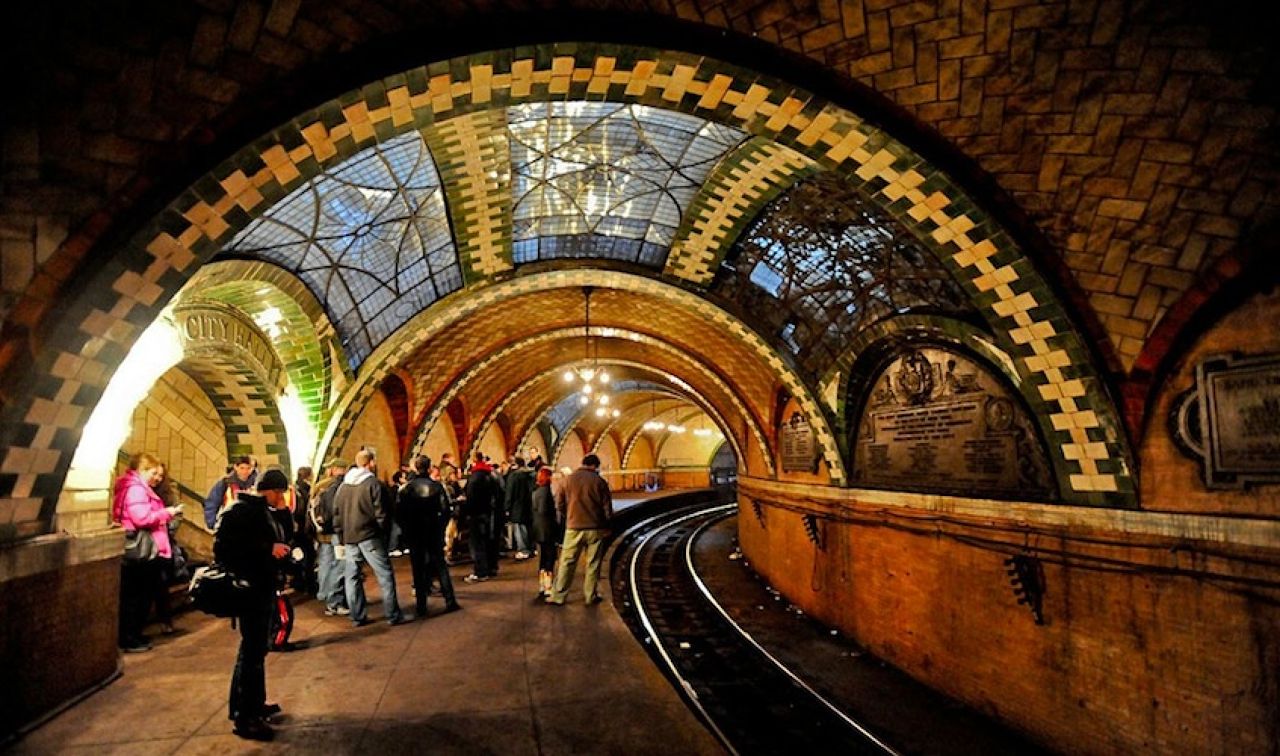

“The trajectory of that return has been impacted, and we don’t know exactly where it’s headed,” he said. The agency’s acting chair and chief executive, Janno Lieber, said he remained hopeful that the subway’s recovery would resume after concern around the Omicron variant subsided, though how quickly is unclear. A significant drop in ridership will reduce fares the system is dependent on and could lead to fare hikes and service cuts. In a financial plan released last month, the authority projected that even by 2025, the subway would have 223 million fewer riders than it did in 2019, a drop of about 13 percent, as many workers shift to hybrid work schedules. Stations in lower-income areas in Brooklyn, Queens and Upper Manhattan, where residents are less likely to be able to work from home and typically depend more on public transit, have rebounded far faster than stations in office-heavy sections of Manhattan, including some that were once the busiest in the system, where many workers are still able to work remotely. Nearly two years after the coronavirus engulfed New York, causing a virtual abandonment of the country’s largest transportation network, riders have slowly returned to the subway in an uneven pattern that underscores the economic divide at the heart of the city’s fitful recovery. As trains arrive, finding a seat is not hard. In a neighborhood lined with office buildings, a once-reliable stream of white-collar commuters has thinned to a trickle. But this one, at a formerly hectic subway station in Lower Manhattan, feels jarringly different. Hours later, as darkness falls, another rush hour begins. The sun rises on a weekday in New York City, and at a Queens subway station the daily grind resembles its old self: Thousands of people pile onto an open-air platform above a bustling neighborhood, waiting in the cold to crowd onto rush-hour trains toward work, school and other essential appointments.


 0 kommentar(er)
0 kommentar(er)
